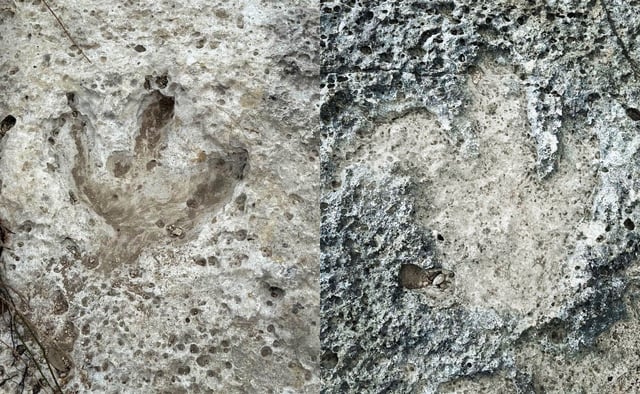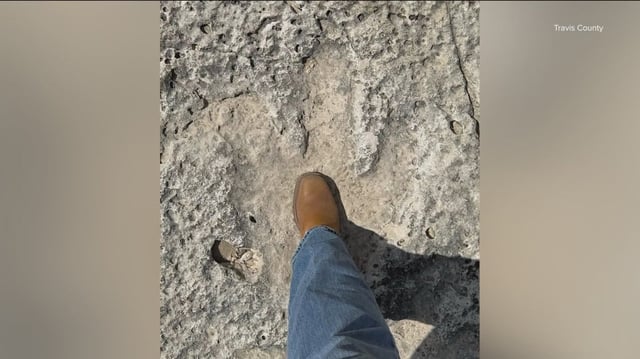Overview
- Massive three-toed limestone footprints emerged at Big Sandy Creek after floodwaters stripped away vegetation and sediment.
- Experts confirmed the tracks date to about 115 million years ago and were made by Acrocanthosaurus, an Early Cretaceous top predator.
- Several large round impressions on the site are likely footprints of Paluxysaurus, a giant herbivorous sauropod.
- Parallel arrangements of tracks hint that multiple dinosaurs may have moved together or that one animal paced.
- The UT Austin team will create high-resolution 3D replicas of the site to enhance studies of dinosaur behavior and environment.


